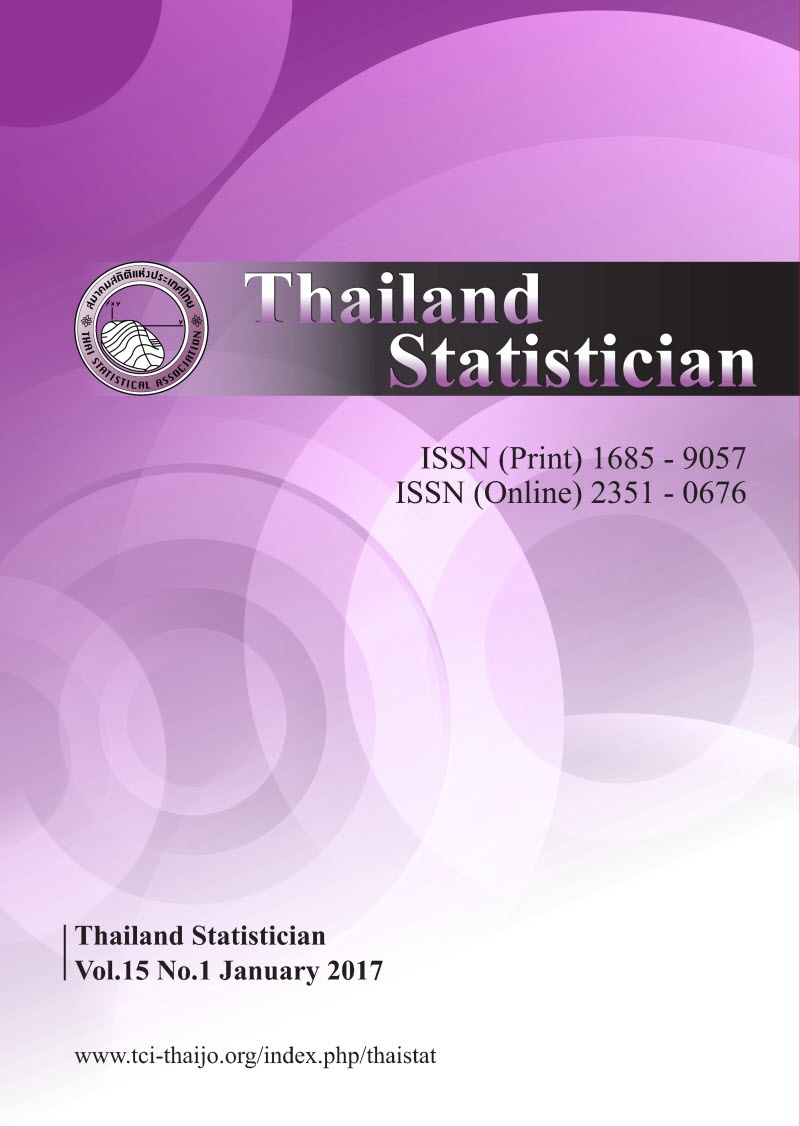The Classification of Severity Level in Exertional Heatstroke Patients by Applying a Decision Tree Technique
Keywords:
Classification, decision tree, exertional heatstroke, severityAbstract
Heatstroke (HS) is a life-threatening illness that can lead to multiorgan dysfunction. It occurs when a body temperature is very high. This disease is rarely found in Thailand. In this paper, we propose a model of exertional heatstroke (EHS) classification using a decision tree for classifying the severity level in this group of patients. The model is formulated based on a data of 42 patients who were considered as EHS patients. The data was obtained from a retrospective single-center study conducted at a medical intensive care unit (ICU), Phramongkutklao hospital, Thailand during 2008-2014. To construct the classification model, a decision tree with 10 relevant variables is used. Those variables are the delayed cooling and temperature management, cardiovascular collapse with vasopressor use, disseminated intravascular coagulation (DIC), acute kidney injury with renal replacement therapy (RRT), therapeutic mild hypothermia, rhabdomyolysis, respiratory failure, concurrent infectious illness, hypoglycemic event, and hepatocellular injury. The data were divided into two datasets. The first one was used to create the model and the other was used to validate the model. The results are acquired with high percentage of classification accuracy (91.0%) and the true positive rate and the true negative rate are 0.97 and 0.73, respectively. The delay cooling and temperature management was ranked as the most relevant variable classifying the severity level in exertional heatstroke appearance. Since early diagnosis and prompt treatment for this group of patients are critical, this classification model using decision tree technique can be useful for the classification of severity level in EHS.



